Copyright © 2025 Motivate Media Group. All rights reserved.
Meet Lebanese design collective The Greatest Design Disaster
The Greatest Design Disaster is led by Gregory Gatserelia and Joy Herro
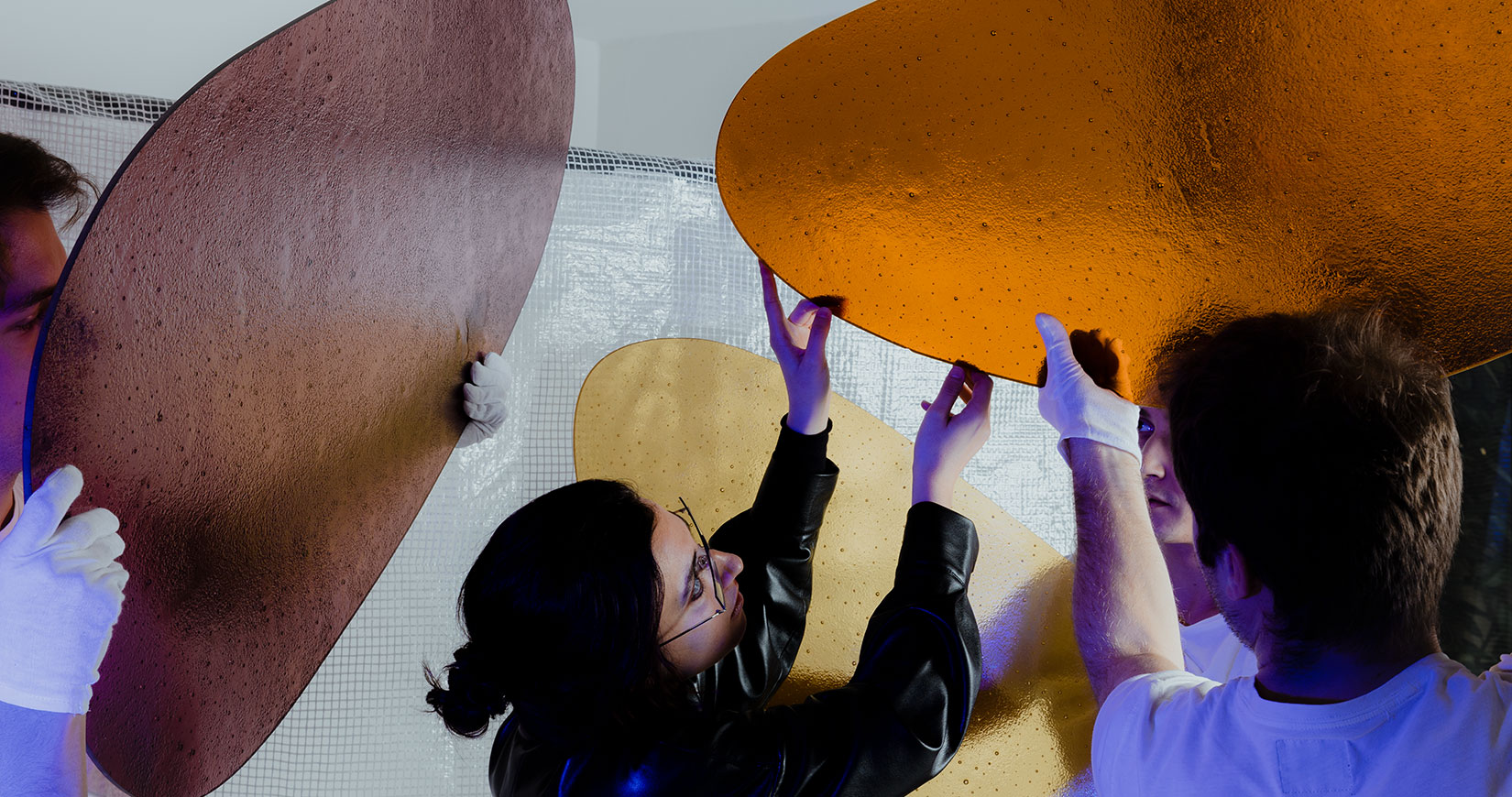
A collision of forces has given birth to a new project called The Great Design Disaster. Led by a passionate duo – interior architect Gregory Gatserelia and design enthusiast Joy Herro – its aim is nothing short of shaking up the traditional boundaries of the contemporary design market. identity catches up with Herro to learn more.
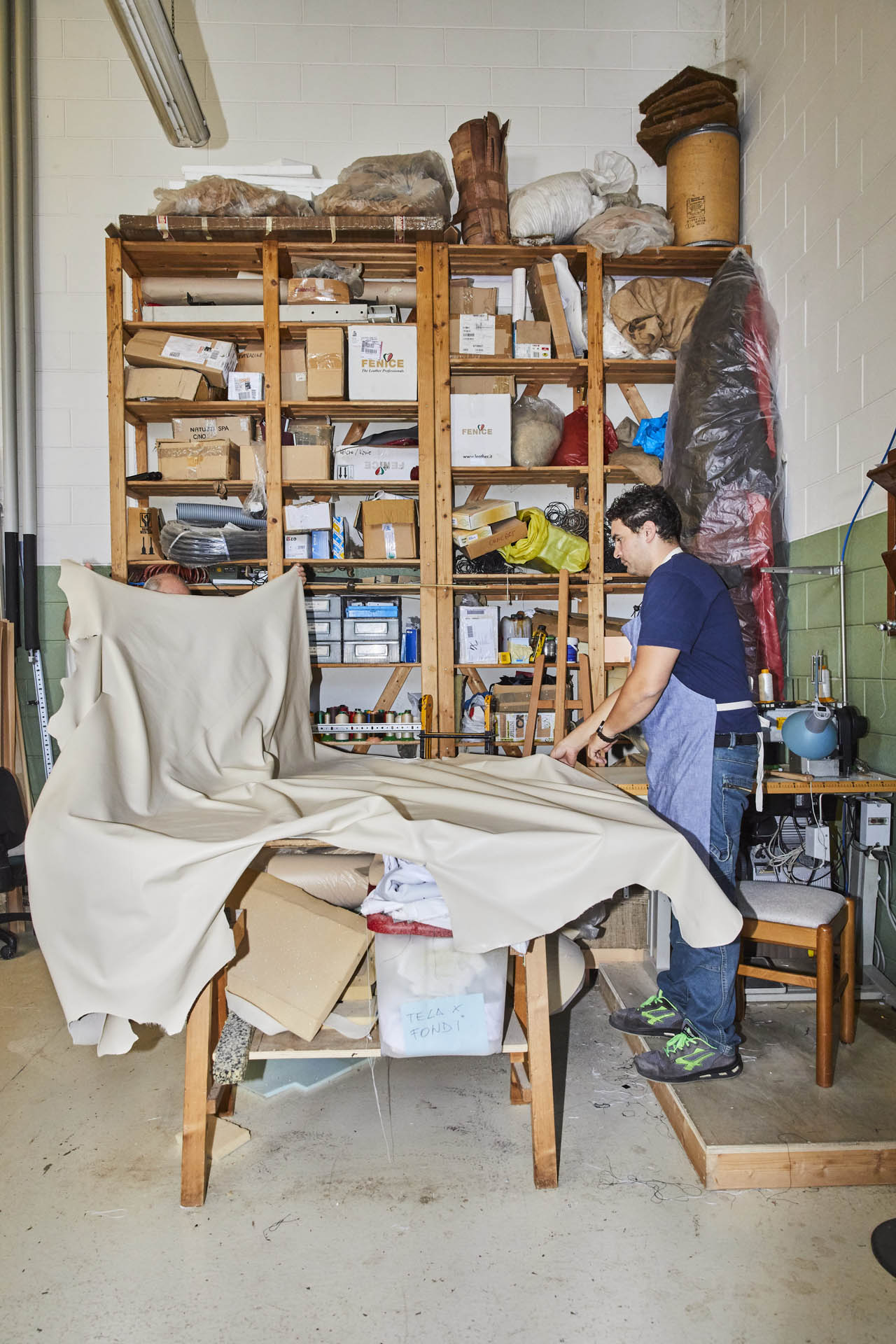
What is the concept behind The Great Design Disaster? We give collectors the chance to step out of the commercial role and, instead, slip into the role of the initiator. In a figurative sense, we transform them into designers or artists. The Great Design Disaster (TGDD) challenges individuals with one question: “You, who can buy great design, can you create one?”
How did the idea come about and what is it created in response to? It began with the simple consideration of the collectible design experience: instead of the voyeuristic act in which artists and artisans show off their creations and collectors passively buy, we are introducing a market based on desires, dreams and creativity. [We are] matching collectors with artisans to create completely original custom design pieces. The pieces created from this process have an individual soul and are the result of the visions and actions of all three players – the collector, TGDD agents and the artisan.
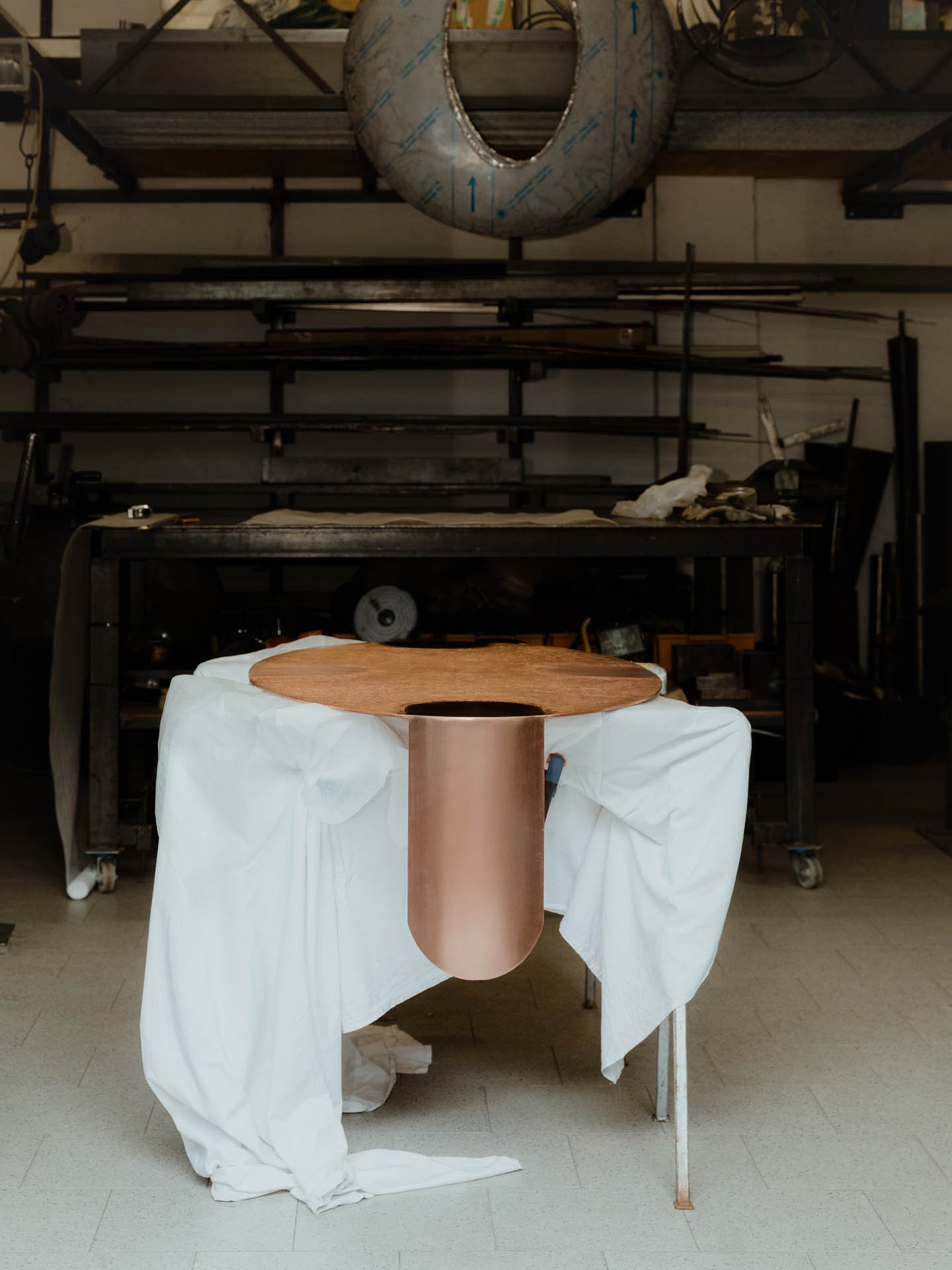
How do yourself and Gregory Gatserelia balance your roles? The sensibility of Gregory toward his clients’ wishes and visions, as well as his ability to build trustworthy relationships with collectors as an art and design consultant, is an essential asset to The Great Design Disaster.
My numerous connections with talented artisans and deep insights into all things related to tailor-made production, as well as business-related skills, were the route to TGDD’s approach. To sum up, he is the creative arm and I am the executive one.
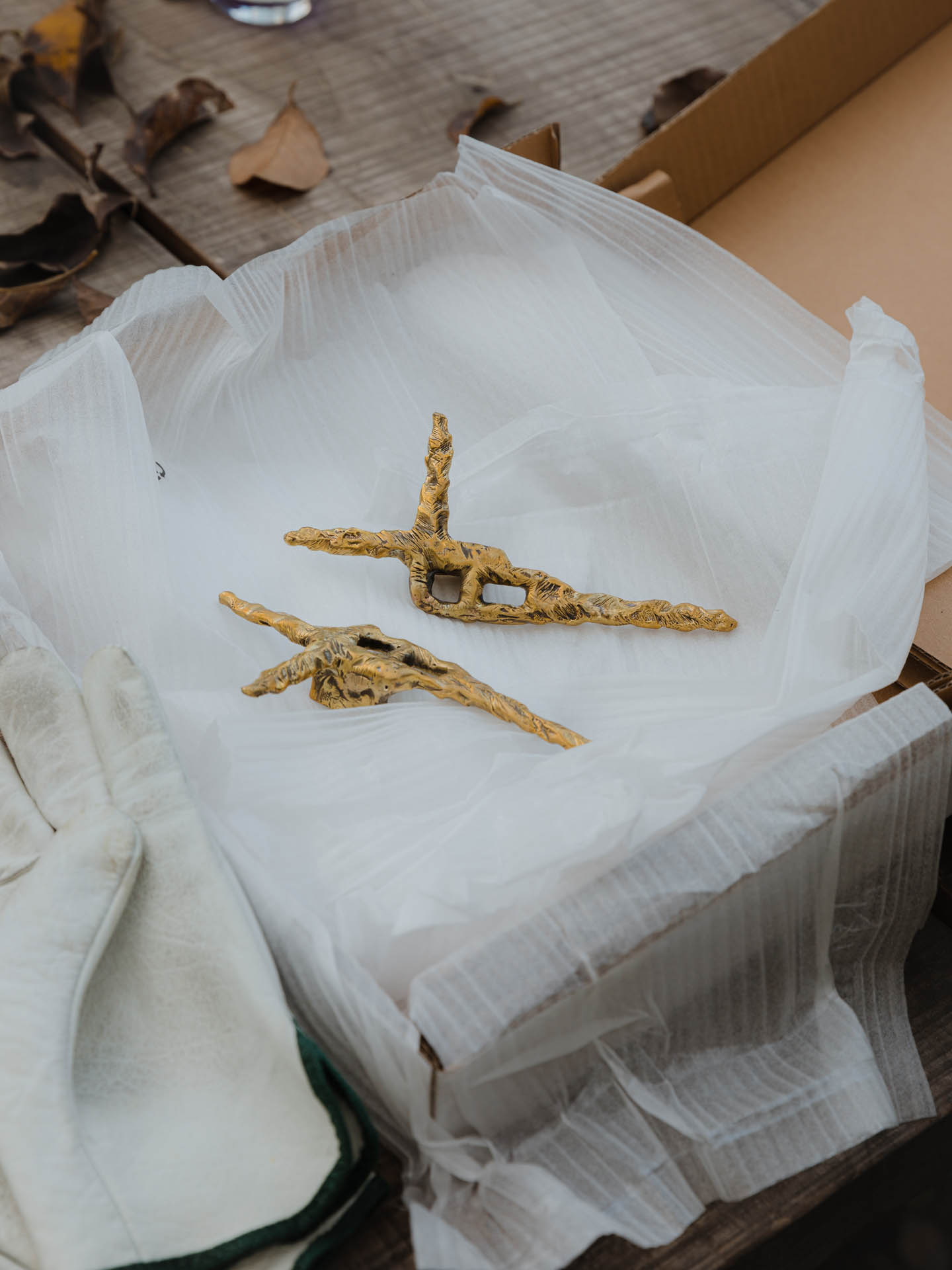
How will TGDD contribute to the contemporary design market? Our world is full of objects that give us ephemeral satisfaction, but modern consumption habits leave us hungry. TGDD introduces a market based on individual desires instead of the traditional structure of supply and demand.
And how will you respond to demand? Why create a million copies of a great design when we can foster the creation of a million great designs, each one a singular vision for the collector who commissions it?
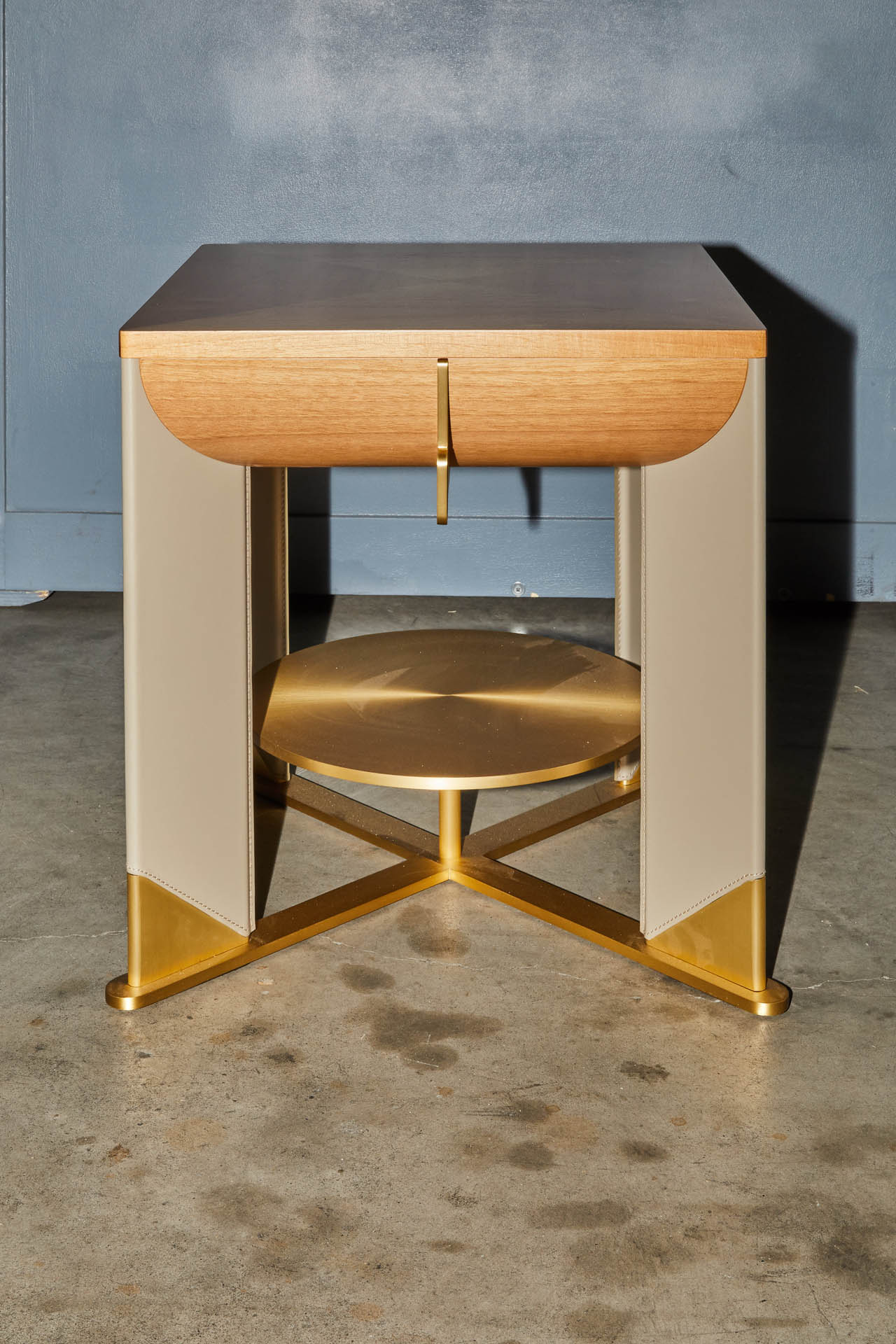
Why was it important for you to go back to an artisanal approach and manner of creating design? The craftsman makes the collector’s dream come true! The collector will be more aware of the value of the hand-made, by literally seeing his creature grow and take shape. It is a very engaging and exciting experience for both [parties].
How does TGDD respond to areas such as luxury and sustainability? TGDD is sustainable. We don’t sell products and we don’t have warehouses; instead, we are agents of creation. The market is saturated, and waste and pollution have reached alarming proportions, so our mission is to invite people to re-evaluate who they are and what they really need. The result will be an expression of themselves.
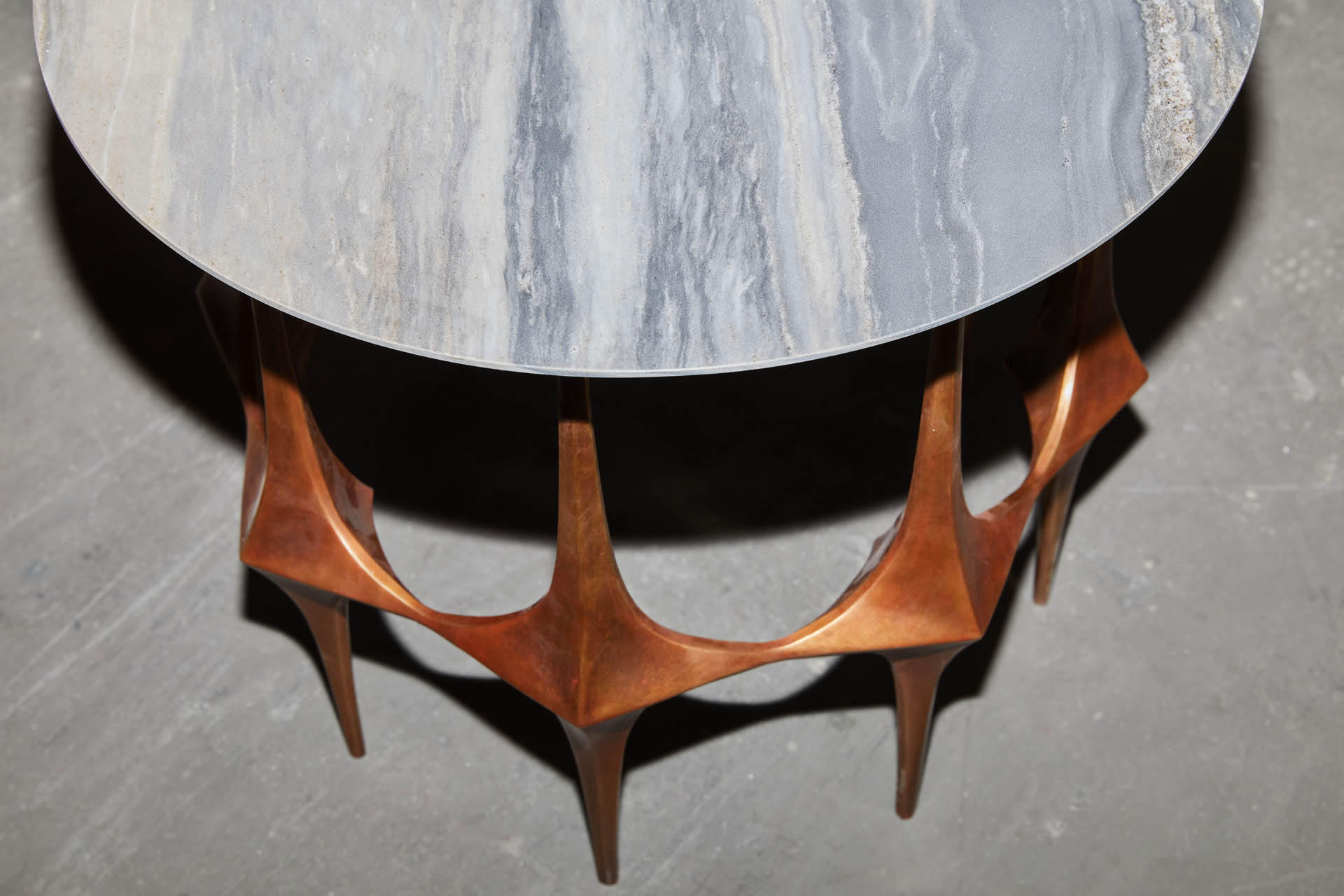
TGDD is also luxury. Our collectors are like the pharaohs and emperors who commissioned unique works to artists and artisans throughout history.
How important is experimentation? I would rather say it is an emotional experience. A TGDD collector waits for his or her piece as a mother waits for her child to be born after all the efforts and the imagination.
The Latest
Turkish furniture house BYKEPI opens its first flagship in Dubai
Located in the Art of Living, the new BYKEPI store adds to the brand's international expansion.
Yla launches Audace – where metal transforms into sculptural elegance
The UAE-based luxury furniture atelier reimagines the role of metal in interior design through its inaugural collection.
Step inside Al Huzaifa Design Studio’s latest project
The studio has announced the completion of a bespoke holiday villa project in Fujairah.
Soulful Sanctuary
We take you inside a British design duo’s Tulum vacation home
A Sculptural Ode to the Sea
Designed by Killa Design, this bold architectural statement captures the spirit of superyachts and sustainability, and the evolution of Dubai’s coastline
Elevate Your Reading Space
Assouline’s new objects and home fragrances collection are an ideal complement to your reading rituals
All Aboard
What it will be like aboard the world’s largest residential yacht, the ULYSSIA?
Inside The Charleston
A tribute to Galle Fort’s complex heritage, The Charleston blends Art Deco elegance with Sri Lankan artistry and Bawa-infused modernism
Design Take: Buddha Bar
We unveil the story behind the iconic design of the much-loved Buddha Bar in Grosvenor House.
A Layered Narrative
An Edwardian home in London becomes a serene gallery of culture, craft and contemporary design
A Brand Symphony
Kader Mithani, CEO of Casamia, and Gian Luca Gessi, CEO of Gessi, reflect on the partnership between the two brands
The Art of Wellness
Kintsugi in Abu Dhabi, situated in a seven-storey villa, offers the ultimate zen retreat
















